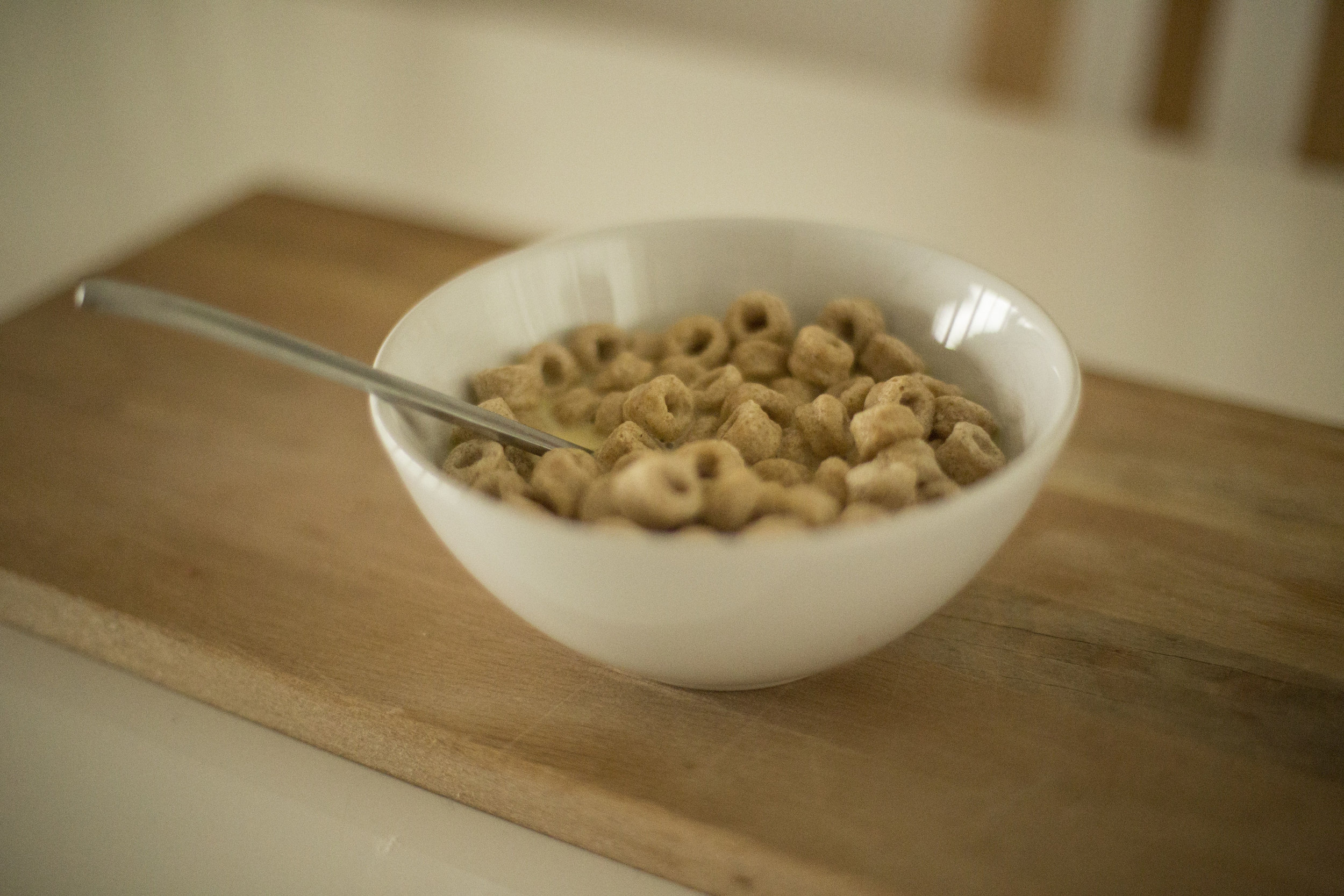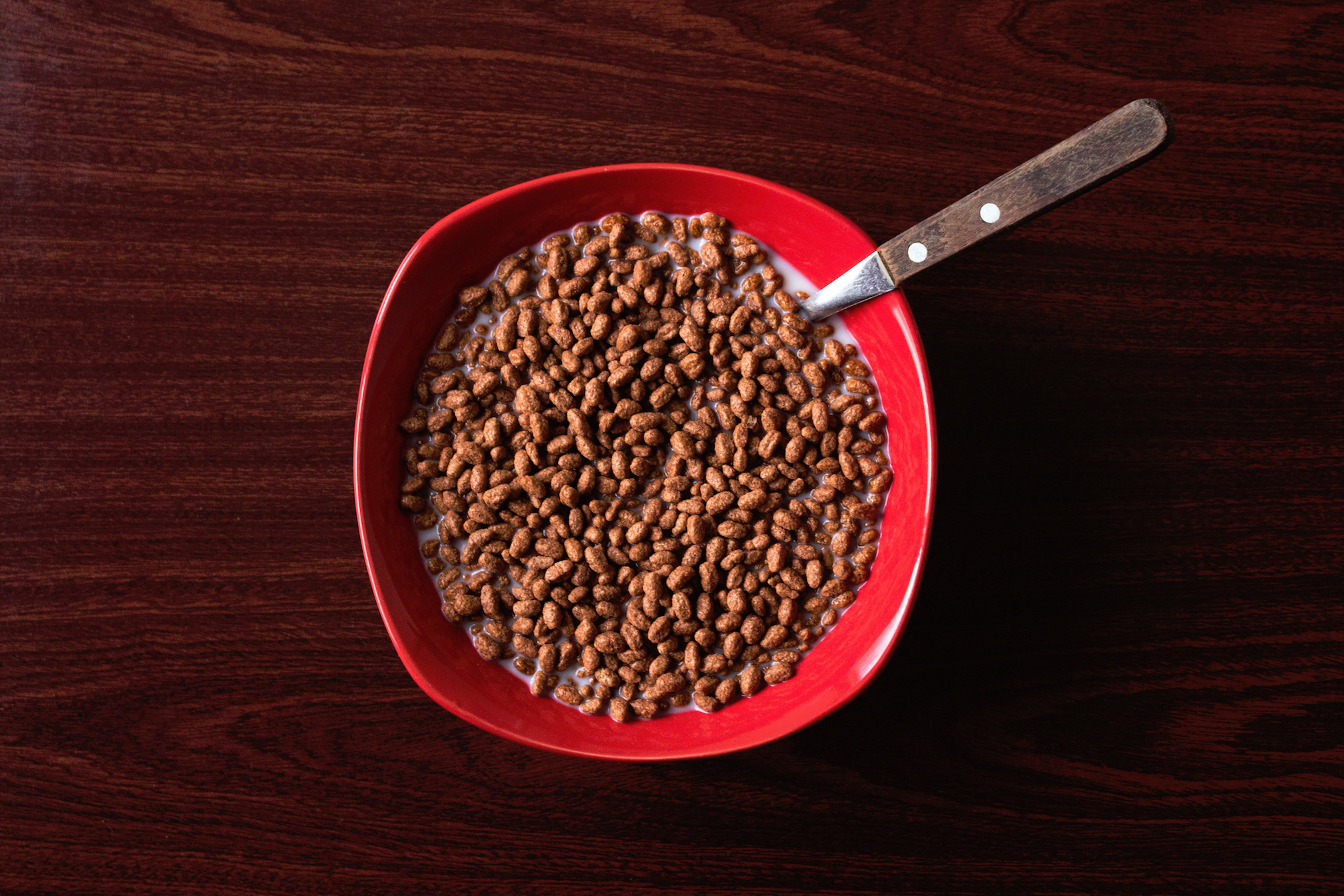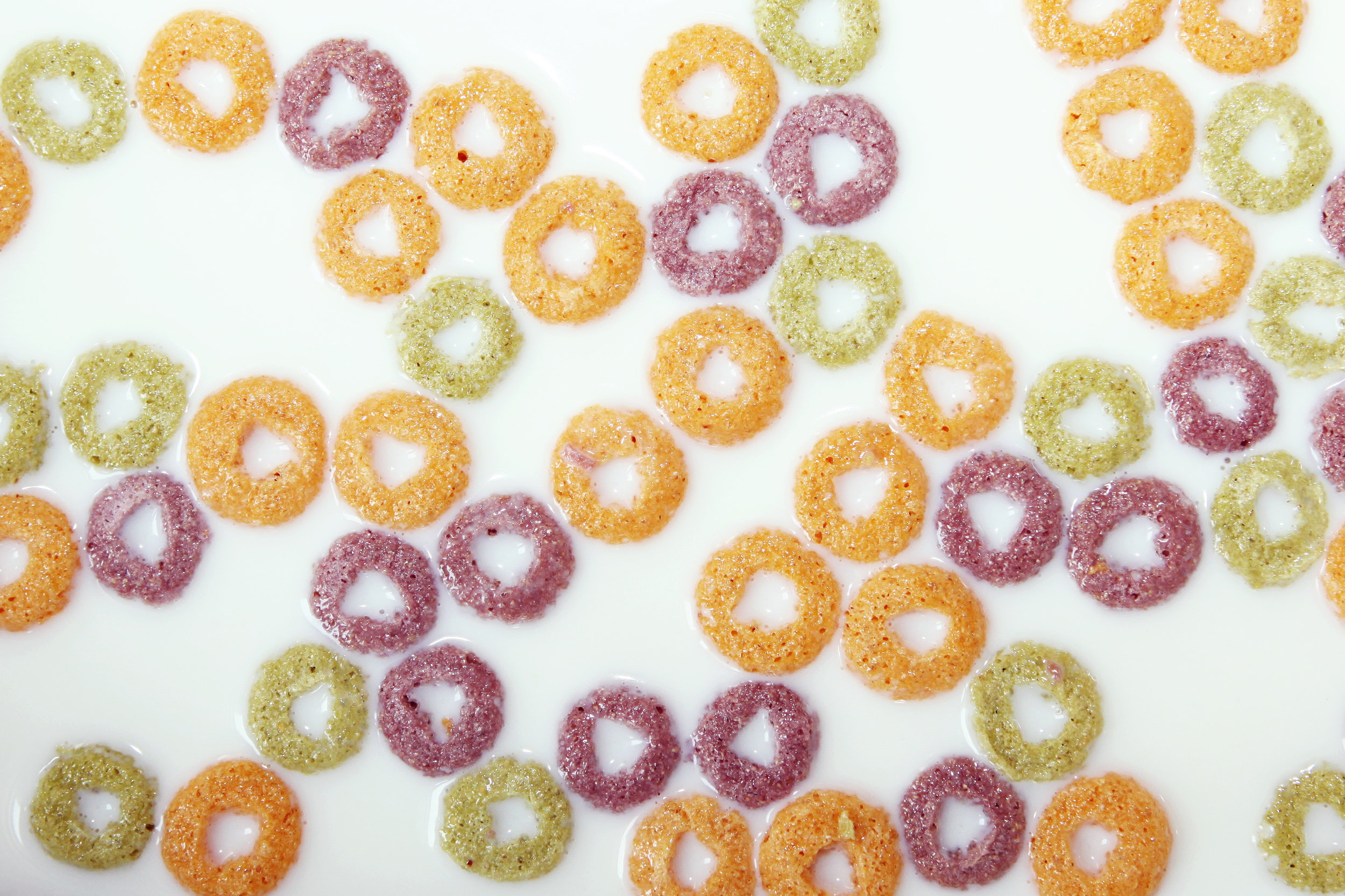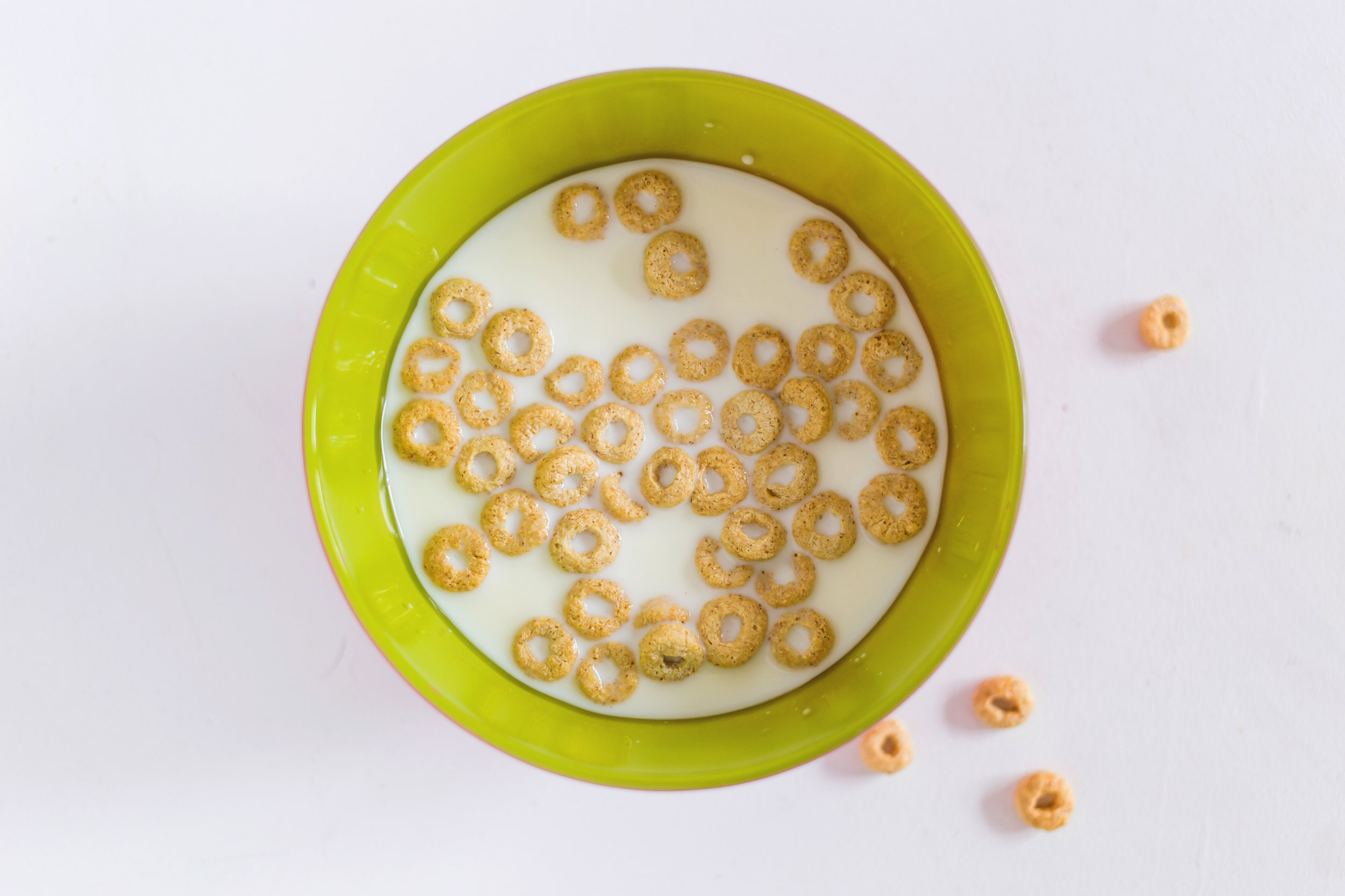Holy Moly – here we are again. Back to school and packing lunches. It was fabulous to have a break from it, but I’m keen to get back into all things routine until I’m not again! Lol.
Today’s article will be short and sharp.
We are all busy doing the best we can, but let’s not forget that the health of our children is in our hands. We have such a short period of time to have a profound effect on the foundation of their health, and that is primarily through nutrition and wellness practices. For the purpose of today, the focus will be on nutrition.
You can listen to the audio summary of the article here:
Here are some of my top tips for packing a gut friendly lunchbox:
Wholefood ingredients AS MUCH AS POSSIBLE is the first start. Look at what you are currently packing and ask how can you improve it from there. Just start somewhere.
Make the base ingredients the best quality you can afford. For example:
Use sourdough bread instead of conventional commercial baked bread to avoid the plethora of additives and preservatives
Use spelt bread for a lower gluten load
Try making your own loaf from time to time using quality ingredients
Use good quality grassfed butter, even better, make it organic – AVOID MARGARINE AT ALL COSTS, even the so called “healthy ones”
Check the ingredients of cheese, it should only contain 4 ingredients, NOTHING ELSE. Stay away from the plastic wrapped cheese....need I say more?
Do not be afraid to use butter liberally (if it can be tolerated of course)– it contains amazing fat soluble vitamins that is needed for optimal development, not to mention great for cellular health and stabilisation of blood sugar levels. I know what you are going to say next, but it doesn't spread that easily. Solution - take it out 2 minutes before you need it - PROBLEM FIXED - USE REAL BUTTER
Instead of a packaged/processed item for recess, include a homemade baked goodie. When using quality ingredients and wholefood sweeteners (in moderation) these actually provide nutrients rather just empty calories and a chemical sh&t storm. Try out a new recipe at home for a snack or on the weekend BEFORE putting it into the lunchbox.
Use left-overs where ever you can, either as a sandwich filling or in a thermos container
If you are incorporating a packaged item of some sort - CHECK THE LABEL. Ask yourself, will my child's body recognise these ingredients as a food?
Avoid those sugar laddened poppers claiming to be healthy. Did you know one 250ml popper can contain 5-7 tsp of sugar??!!!! There is nothing wrong with water. Make fruit infused water if they need some flavour
If you are wanting to move to a more wholefood lunchbox, include food items your child will like. For example, if I was to put a blueberry muffin into my son’s box, I can guarantee you it will not be eaten. Put in a savoury type muffin and it will be gobbled up. Vice versa with my daughter.
Lastly, but most importantly.....PLAN IT & BATCH IT. I am not even going to pretend that it is super simple and easy to just whip up healthy nourishing lunchboxes EVERYDAY for weeks on end. However, you can simplify and move through it with ease by planning first and foremost and then batching it.
To combat the issue of the food not eaten or going to waste. I have a rule – “What is not eaten at school will be eaten as a snack when they get home BEFORE anything else is provided” I am very firm with this and so far this has worked really well.
To help you with some inspiration beyond the humble sandwich, I’ve put together a Snacks & Lunches Guide that provides 26 Snack & lunch ideas (sweet & savoury) and 10 of my favourite recipes that are well recycled and on high rotation in my house. The majority of the recipes are freezer & batch cooking friendly.
Click on the BUTTON below to get it delivered straight to your inbox.
Chantal is a Certified Nutrition & Wellness Coach with a special interest helping stressed and overwhelmed parents implement gut healing protocols using a personalised step by step approach to improve the health of their family.








